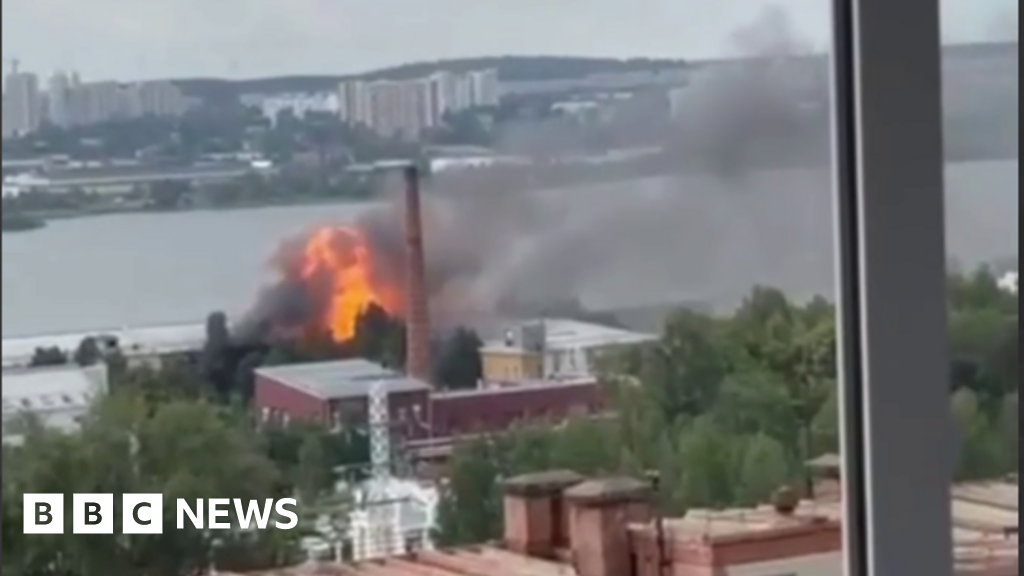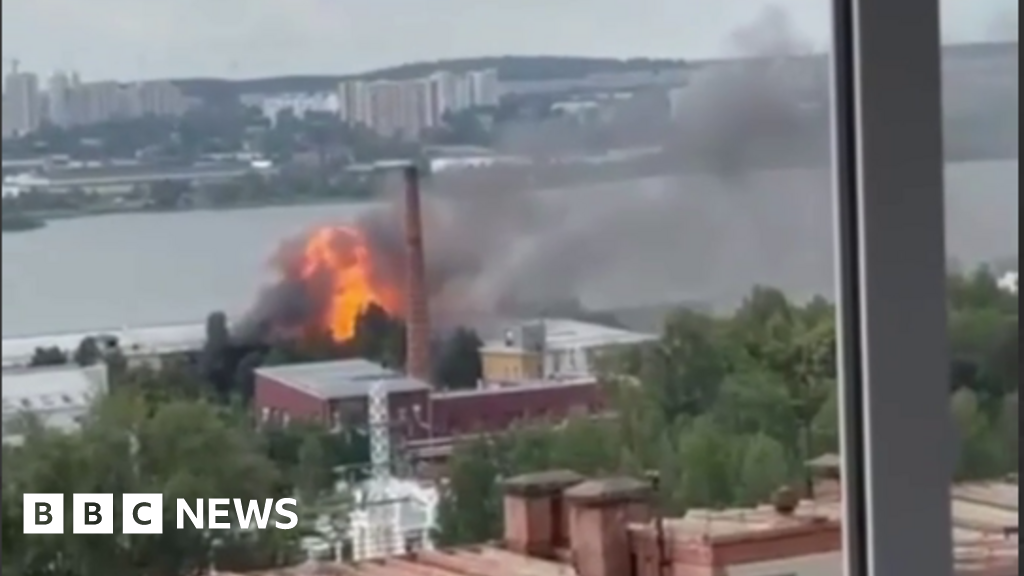
The Izhevsk Incident: A Deep Dive into the Attack
The city of Izhevsk, located more than 1,000 kilometers from the Ukrainian border, became the target of a drone attack, as reported by Russian authorities. This attack resulted in casualties, with three fatalities and 45 injuries, six of which were classified as serious. The governor of Udmurtia, Aleksandr Brechalov, briefed President Vladimir Putin on the situation, and a state of emergency was subsequently declared in the region. The Kupol Electromechanical Plant, a military factory, was the primary target. This facility is known for producing Tor surface-to-air missile systems, radar stations, and Osa air defense systems, with some reports indicating it also develops drones. The attack marks a significant escalation in the ongoing conflict, extending the reach of the war deep into Russian territory. What happened at the Kupol Electromechanical Plant, and why was it targeted? Who was behind the attack, and what are the implications of this event on the broader conflict?
Unpacking the Kupol Plant and Its Strategic Importance
The Kupol Electromechanical Plant is a strategic military asset, specializing in the production of sophisticated defense systems. The plant’s production line includes the Tor surface-to-air missile systems, radar stations, and Osa air defense systems. This facility is considered critical to Russia’s defense capabilities, making it a prime target for Ukraine. The attack on the Kupol Plant also underscores the evolution of the conflict, with the use of long-range drones highlighting new dimensions. The Security Service of Ukraine (SBU) reportedly carried out the attack using long-range drones, emphasizing Ukraine’s capacity to strike at targets deep within Russia. How does the attack impact the production of these vital military systems? And why is the location of this plant, far from the border, particularly significant? This specific targeting shows a shift in strategy, aiming to disrupt Russia’s military production chains and offensive capabilities.
The Ukrainian Perspective and Strategic Objectives
Ukrainian officials confirmed that the attack was carried out by long-range drones, marking a key strategic operation. According to sources, the SBU-operated drones traveled approximately 1,300 km to reach the Kupol plant. The Ukrainian viewpoint emphasizes the aim to reduce the enemy’s offensive potential and disrupt military production. Ukraine views these attacks as a way to demonstrate that there are no safe zones within Russia’s military infrastructure. This approach showcases Ukraine’s determination to limit Russia’s military capabilities by targeting key production centers. How does Ukraine perceive the strategic importance of these attacks? And why does this particular operation highlight Ukraine’s evolving military capabilities?
The Aftermath and Reactions from Russia
Following the attack, Russia’s civil aviation regulator, Rosaviatsia, imposed restrictions on operations at Izhevsk airport. The restrictions were later lifted after a few hours, but the initial response underscores the severity of the incident. The attack at the Kupol factory is the second of its kind since November, although the prior strike did not result in any casualties. This shows the resilience of the target. Russia’s response includes continued attacks within Ukraine. At the weekend, Russia launched a record number of drones and missiles, targeting various locations across the country, including Kyiv and Lviv. The response and reaction from Moscow provide another perspective. How did Moscow react to the attack, and what steps have been taken to address the situation?
International Diplomacy and Calls for Peace
Amidst the escalating conflict, diplomatic efforts continue. President Emmanuel Macron of France held talks with Vladimir Putin, emphasizing unwavering support for Ukraine’s sovereignty and territorial integrity. Macron called for a ceasefire and negotiations to achieve a solid and lasting settlement. However, the Kremlin’s stance highlights the complex situation, with Putin asserting that the Ukrainian conflict is a direct consequence of the Western states’ policies. The Russian statement indicated any peace settlement must be comprehensive and long-term. What are the key diplomatic efforts aimed at de-escalation? And how are the different perspectives influencing the potential for a peaceful resolution?
The Battlefield and Future Prospects
On the battlefield, while Russia’s advance in the Sumy region has seemingly stalled, Moscow appears to be focusing on the eastern Dnipropetrovsk region. The Ukrainian President Volodymyr Zelensky remains skeptical of Putin’s intentions, accusing Russia of preparing for new operations, including in European countries. US envoy Keith Kellogg echoed this concern, suggesting that Russia is merely stalling. The discussions about peace negotiations, including those initiated by Donald Trump, have yet to produce any tangible results. What are the challenges on the battlefield, and what is their impact on the overall conflict? What are the various factors that are impacting the future prospects?
Conclusion: The Road Ahead
The attack on the Kupol Electromechanical Plant in Izhevsk has added another layer of complexity to the ongoing conflict. The incident highlights the evolving nature of the war. The strategic importance of the Kupol Plant, the Ukrainian objectives, and the reactions from both Russia and the international community all provide critical context. While diplomatic efforts continue, the underlying tensions remain. The path forward remains uncertain, but the recent events in Izhevsk serve as a stark reminder of the ongoing struggle and the need for a peaceful resolution. The conflict’s impact continues to be felt across various fronts, the humanitarian cost, the strategic implications, and the diplomatic challenges. The path towards lasting peace is not clear, but this incident highlights the urgency of finding a solution.
